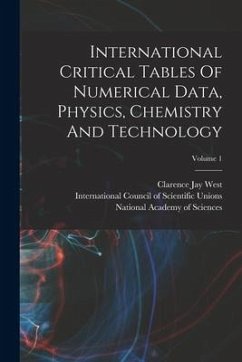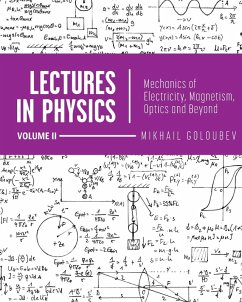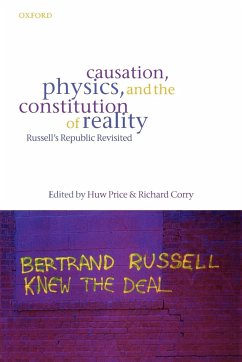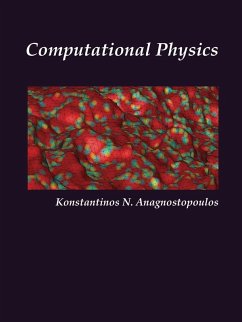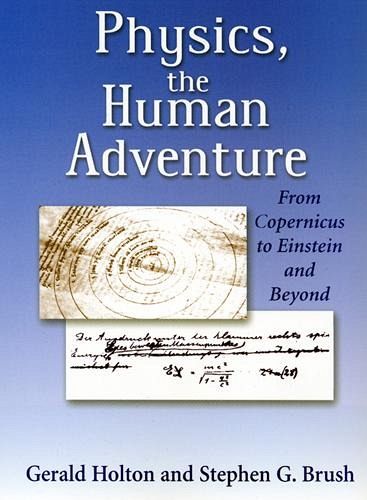
Physics, the Human Adventure
From Copernicus to Einstein and Beyond
Versandkostenfrei!
Versandfertig in über 4 Wochen
52,99 €
inkl. MwSt.

PAYBACK Punkte
26 °P sammeln!
This work is the third edition of the classic text ""Introduction to Concepts and Theories in Physical Science"". It has been reworked to further clarify the physics concepts and to incorporate physical advances and research.



